Human systems analysis is a term that originated in software engineering. Because generally software is developed by people, as in almost all kinds of transformation, a people transformation is often also required. Unless you define and then measure that which is related to individual and group traits like collaboration, leader-follower agility, critical thinking, confidence, ability to develop trust and cross-function on team, you may not achieve the objectives you most want in today’s fast-moving world.
“I have been struck again and again by how important measurement is to improving the human condition.”
Bill Gates
What Gets Measured Improves
Motivated, successful, and contributing. That’s what you need your staff to be to achieve your goals and provide quality care to the clients you serve. The world is changing. Systems must evolve to support these changes or you fall behind. Without healthy human systems and measures to assess them, your tools and strategies fall short. Human systems are simply structures you put in place to communicate your expectations for how people would best think, speak, and behave in order to fulfill your organization’s stated purpose while fulfilling their sense of meaningfulness.
Are you bold in measuring whether you and your co-workers are walking the talk, passionate about what you are creating? Do you prioritize your human systems and measure each person’s ability to perform within an agreeable level of competency and challenge? One example of how I support clients in this is by having them review one another’s commitment to live the organization’s unique core values and the eight values that build trust (honesty, straightforwardness, receptivity, disclosure, respect, recognition, seeking excellence and following through on commitments). First, each person offers a measure between 1-10 for how well they are living each value, and then receives 1-10 feedback from coworkers. Suggestions are offered. This is one example of using measurement to identify and prevent problems and proactively make improvements in human systems.
In my last article, I indicated the following 5 processes ensure your organizational wellness:
- REQUIREMENTS GATHERING
- HUMAN SYSTEMS ANALYSIS – What Gets Measured Improves
- PROGRAM DESIGN
- IMPLEMENTATION
- TESTING AND MAINTENANCE
2. HUMAN SYSTEMS ANALYSIS
What is human systems analysis? Uncover the strengths and weaknesses within your human systems so your people are supported in positive thinking, feeling, speaking, and behaving.
Why? Your people are your greatest asset! Consider:
- Have we conducted a company-wide assessment measuring levels of trust, alignment, and engagement?
- Do we regularly repeat assessments to determine where to make improvements?
- Do we over-communicate our purpose and values so everyone can repeat them if asked?
- Have our employees created their individual plans, outlining their purpose, values, and visions?
- Do our employees understand the expectations of our leaders for excellence in social intelligence?
- Do our leaders effectively transfer responsibility to staff for getting along and getting a lot done?
- Does our company utilize a temperament assessment to foster self-awareness and awareness of the diverse values, priorities, communication styles and behaviors of one another?
- Do our leaders conduct weekly staff mentoring sessions and discuss opportunities for improvement?
- Do our leaders collaborate to support each other in fine-tuning our human systems?
- Do we track performance targets related to our human systems?
I work with leaders to develop human systems that build motivation from within their staff. Part of the process includes identifying performance targets (desired outcomes) related to their human systems. I offer these target areas as possibilities:
- Reducing trust gaps
- Increasing alignment
- Improving retention
- Reducing gossip
- Improving service
- Reducing complaints
- Improving relationships
- Improving productivity
- Improving engagement
- Improving performance
- Improving profit
- Increasing revenues
- Improving staff satisfaction
- Improving customer satisfaction
Inspiring measures help your people feel the joy of contribution and the meaningfulness in what they do. There is a world of difference between fixing a problem rather than improving and increasing the good, desirable outcome most wanted. When what you measure is what you want to create, there is much cause to celebrate. It is the difference between digging up weeds and panning for gold.
Don’t leave your human systems to chance. Analyze them. Identify specific criteria for success, then measure and adjust. For help in establishing and analyzing your essential human systems, call me!
This article has been published nationally in St. Louis Small Business Monthly in the column The Extraordinary Workplace, December 2013.




